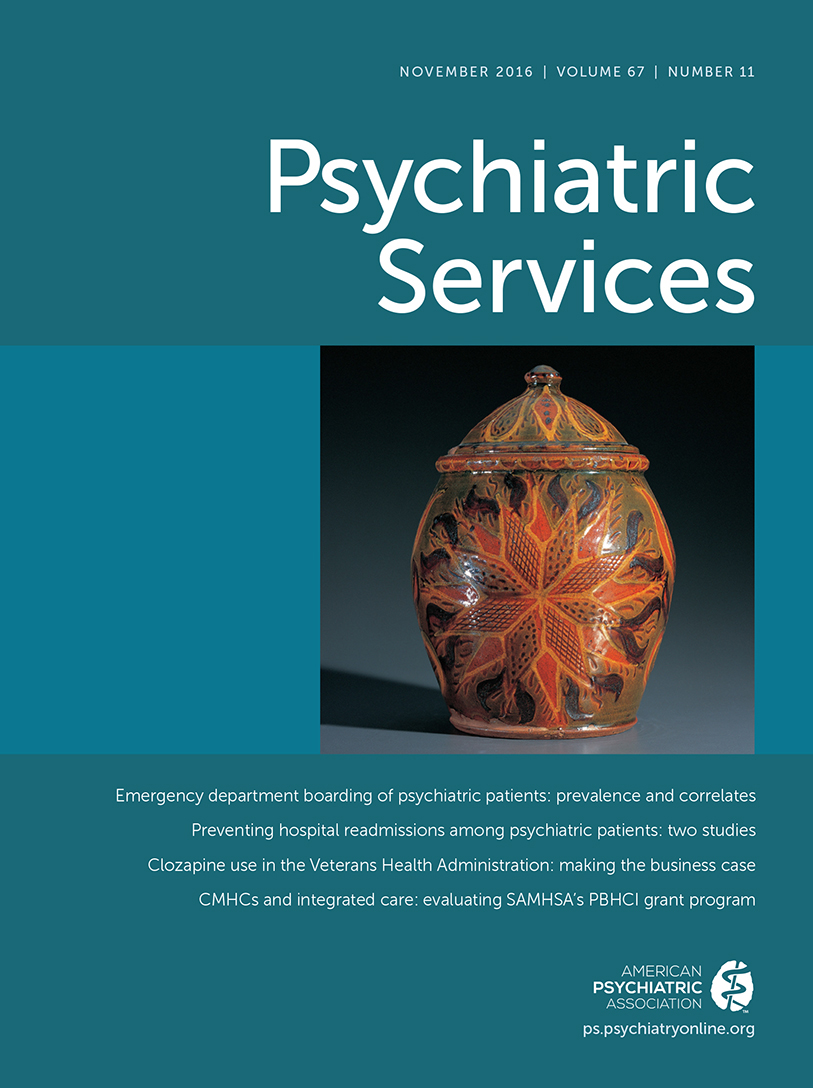Comprehensive Women’s Mental Health

Comprehensive Women’s Mental Health is a multicontributor teaching text that aims to be an all-inclusive review of issues in women’s psychiatry. The book is edited by David J. Castle, chair of psychiatry at St. Vincent’s Hospital and professor at the University of Melbourne, and Kathryn M. Abel, professor at the Centre for Women’s Mental Health at the University of Manchester. Chapter contributions come from authors primarily from the United Kingdom and Australia but also from the United States, Canada, and Sweden.
The text is divided into five sections, with each section divided into several smaller chapters. The first section explores the social, genetic, and environmental aspects of women’s mental health, effectively setting the stage to discuss the context in which women develop mental illness. It includes discussions on women’s roles as caregivers, developmental disorders of girls, and the gender differences in rates of depressive disorders that emerge during puberty. The second section focuses on current research into the role of hormones in women’s mental health and gives examples where psychopathology is more clearly linked to hormonal changes. This section also discusses psychopathology and the treatment of women with mental illness during their reproductive years, including pregnancy and the postpartum period. The third section includes chapters on borderline personality disorder and substance use disorders of women. It also addresses violence affecting women with mental illness, including incarceration and domestic violence. The fourth section expands on specific mental health issues of women and includes chapters on body image disorders, posttraumatic stress disorder, and anxious and depressive disorders throughout the lifespan. The fifth section examines the pathophysiology, epidemiology, and treatment of bipolar disorder, schizophrenia, late-life psychotic disorders, and dementia.
Overall, Comprehensive Women’s Mental Health lives up to its description as an all-encompassing resource on women’s psychiatry with an emphasis on sociocultural issues affecting women’s psychiatry. The authors have covered a vast topic in a thorough and concise manner. Throughout the text, the authors do an excellent job of discussing the current state of research and point out gaps in the literature. The book sprinkles practical advice throughout on how to integrate its content into a clinical setting.
While the book is richer for having multiple accomplished contributors, the variety as well as some inconsistent presentation features make the text feel somewhat disjointed at times. For example, some chapters start with an introduction of the chapter ahead, whereas others give a historical context. Some chapters conclude by reemphasizing the main points, whereas others end with future directions for research. Similarly, some chapters use figures, tables, and vocabulary definitions to reinforce information, but others include none. The book would benefit from having a more consistent structure, for example standardized outlines, introductions, and conclusions for each chapter.
The editors note that the text is intended to be a resource for a very broad audience within the health professions; however, some chapters may be difficult for readers with a limited science background. It is also important to note that although the text includes research from the United States and elsewhere, the majority of the research presented is from the United Kingdom and Australia, which may compromise some of the textbook’s generalizability. Overall, however, the book is an excellent resource for clinicians looking for a broad and thorough review of women’s psychiatry.



